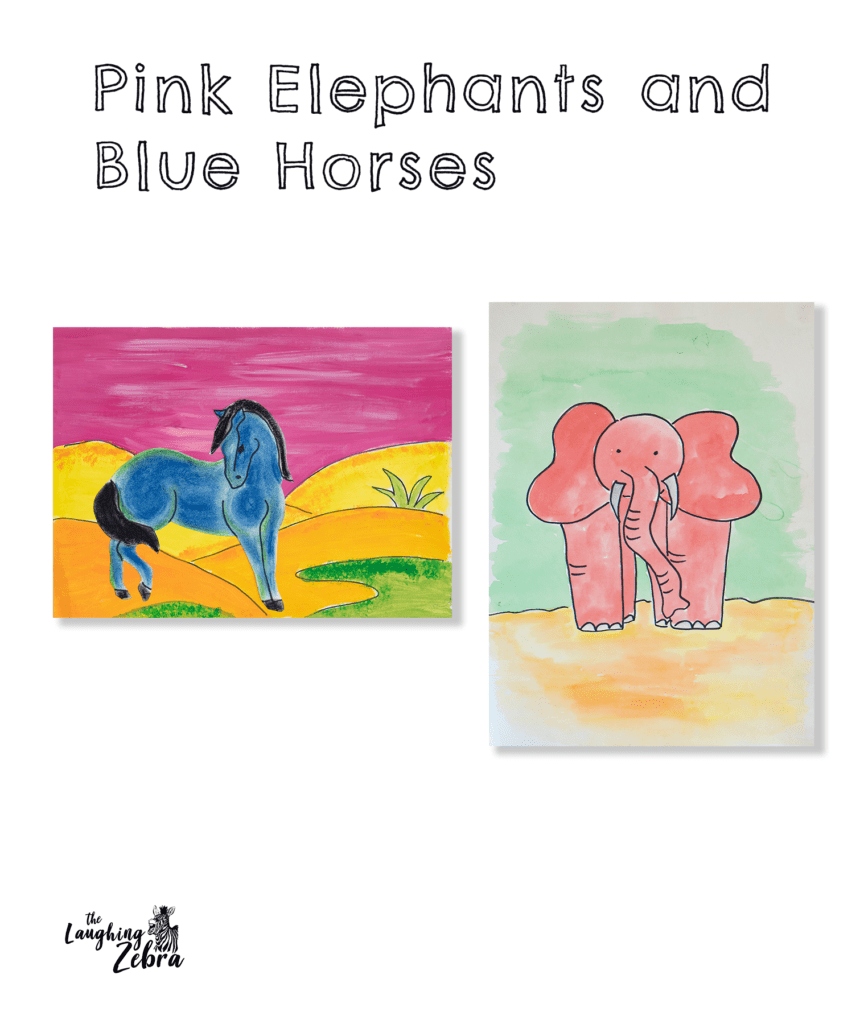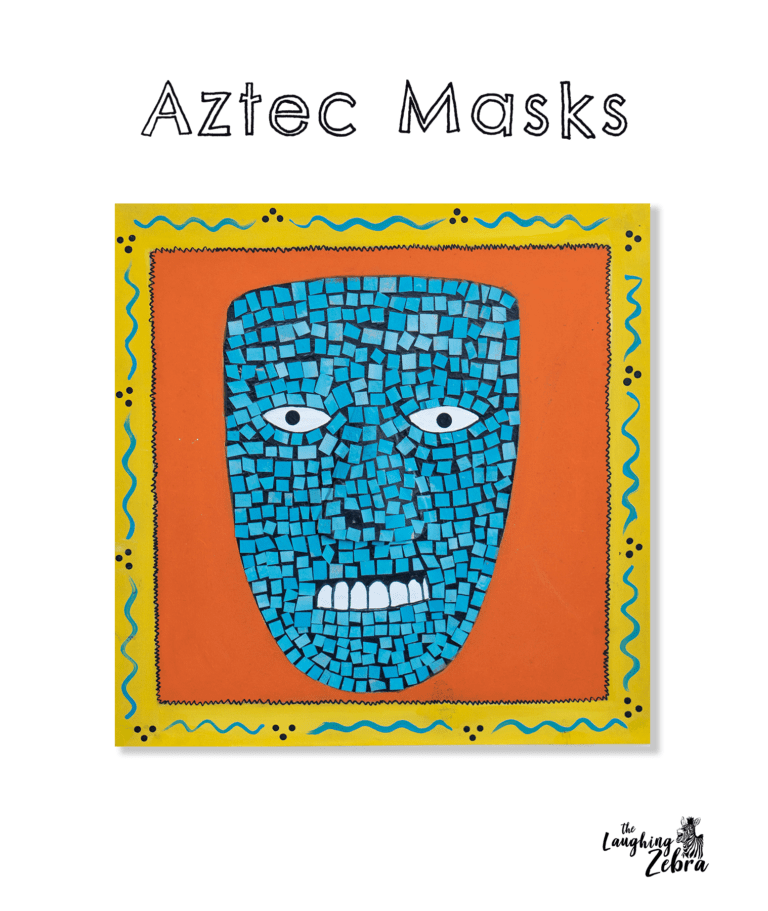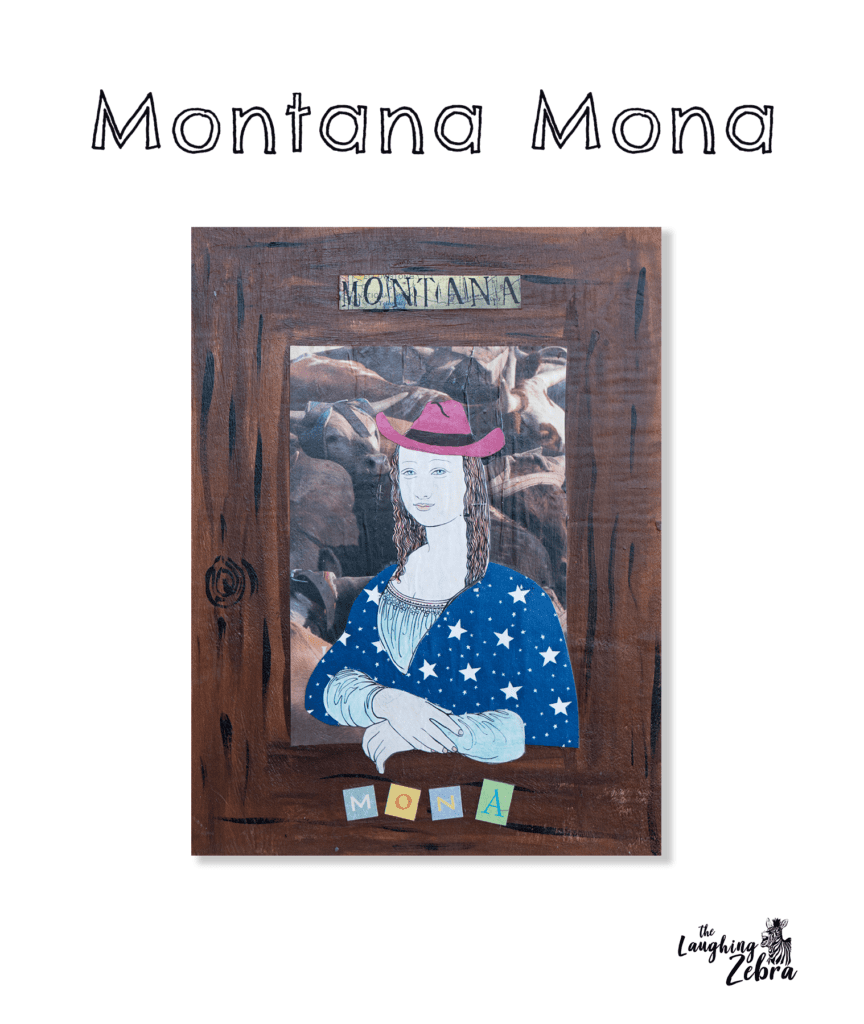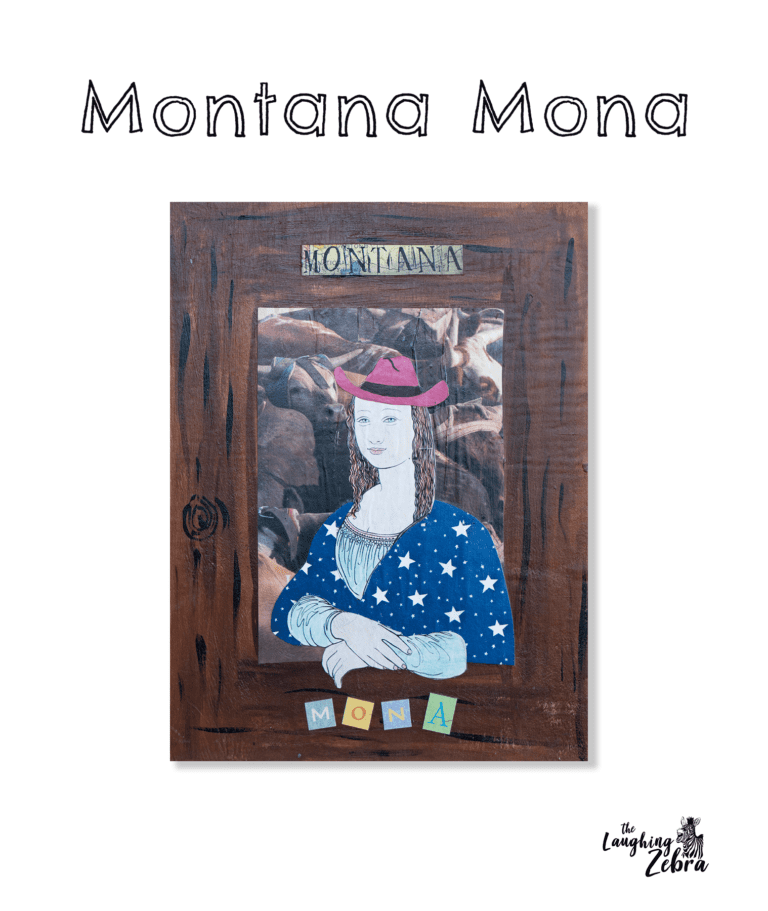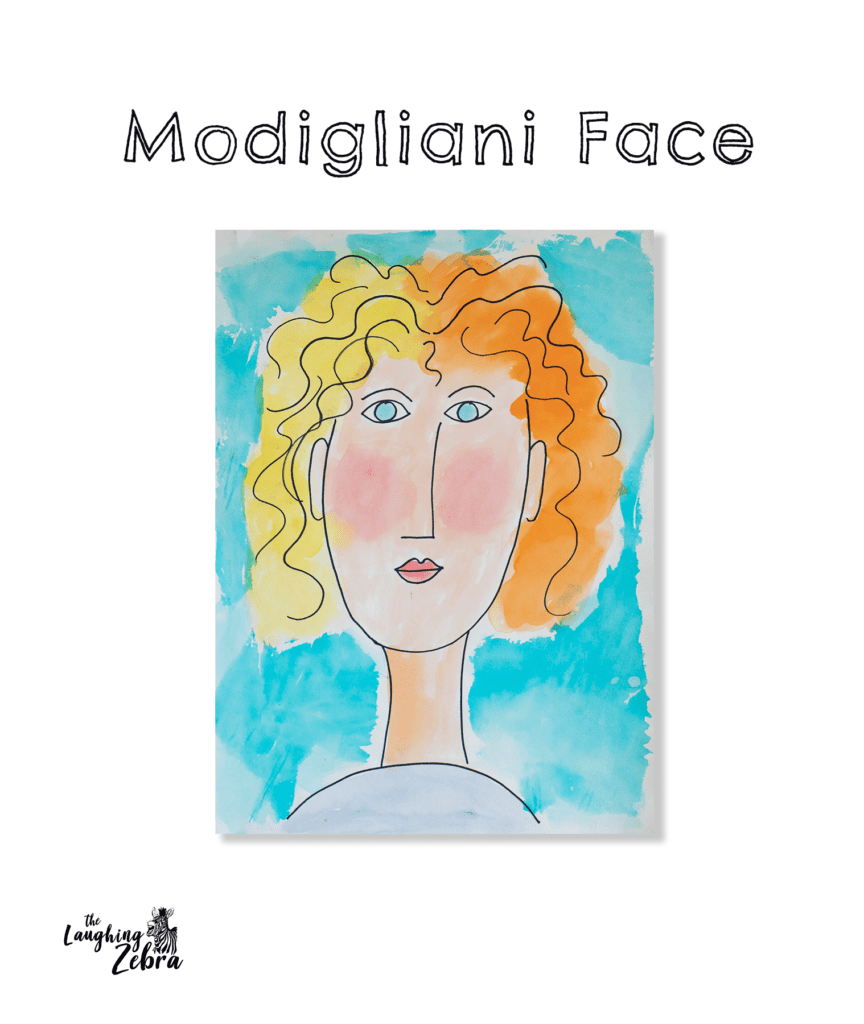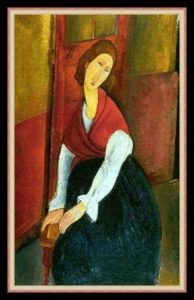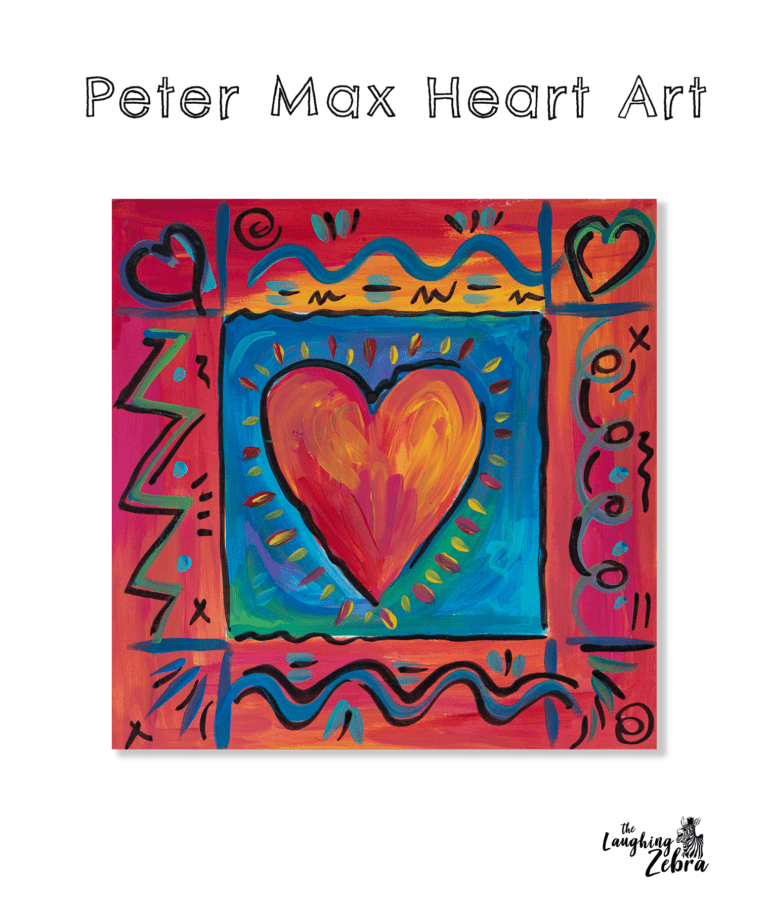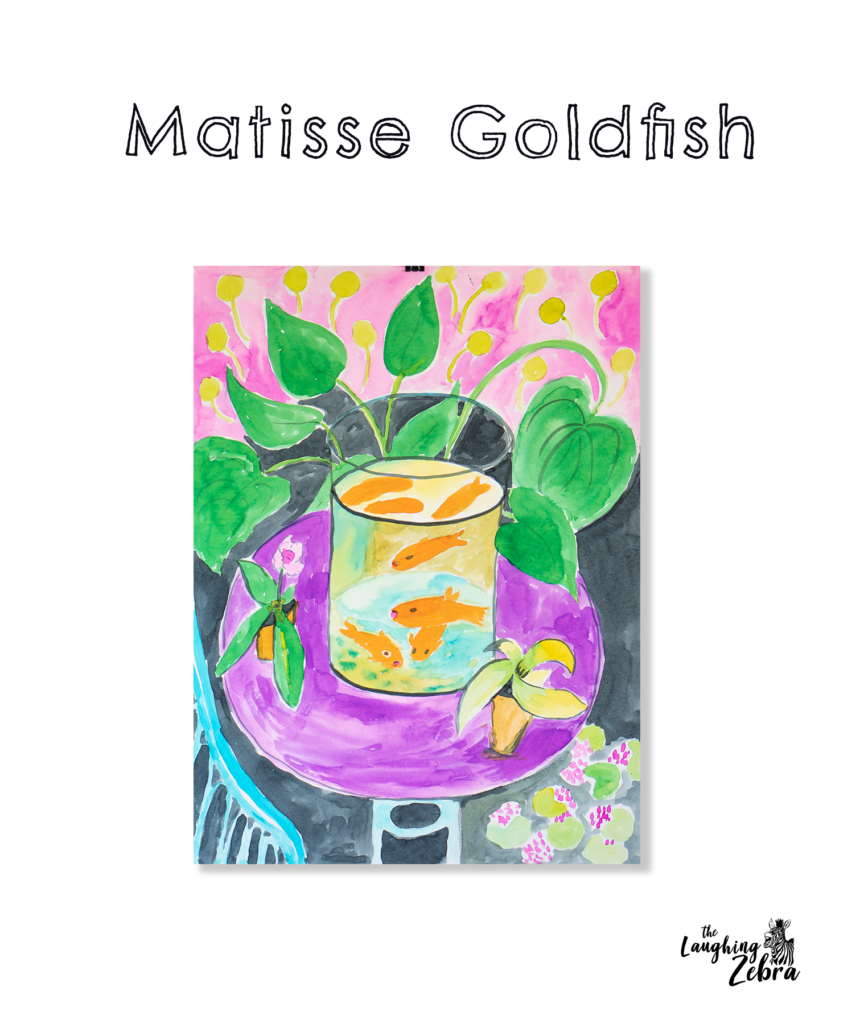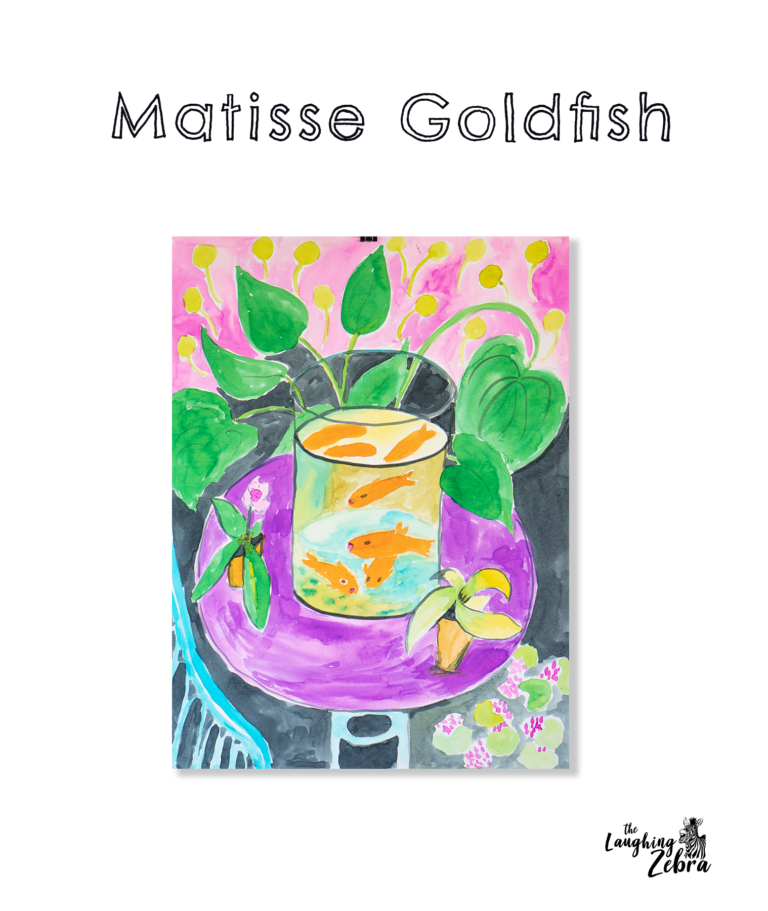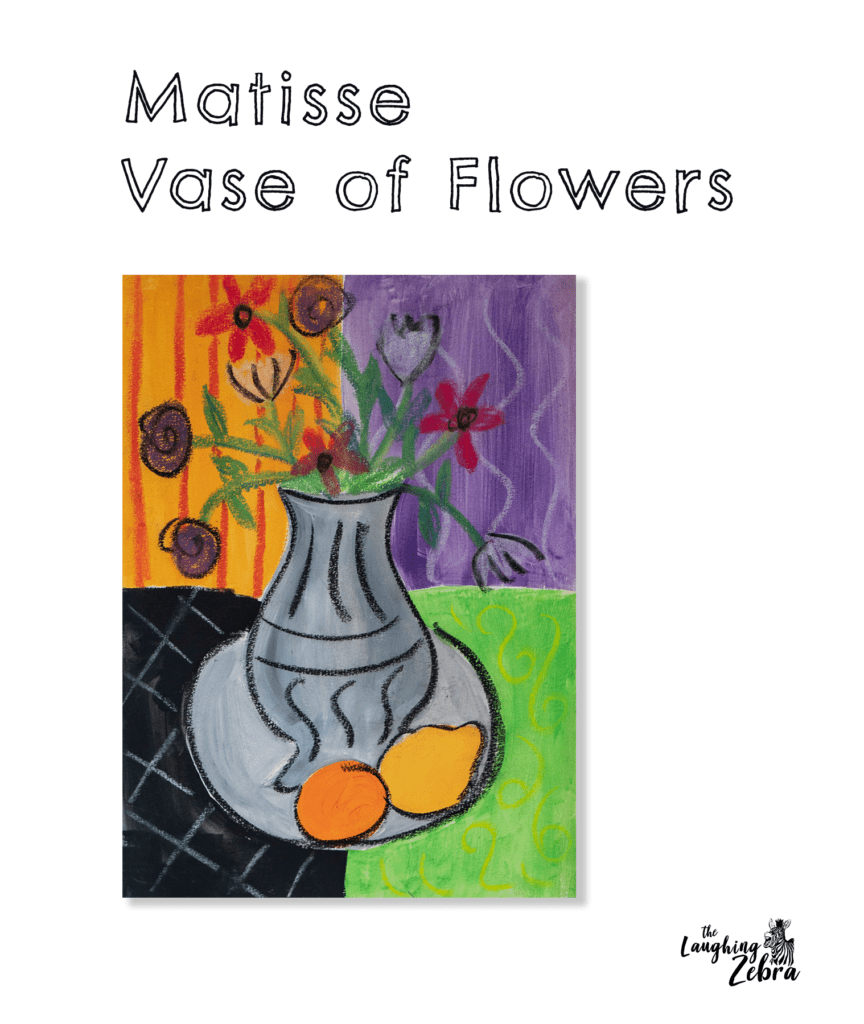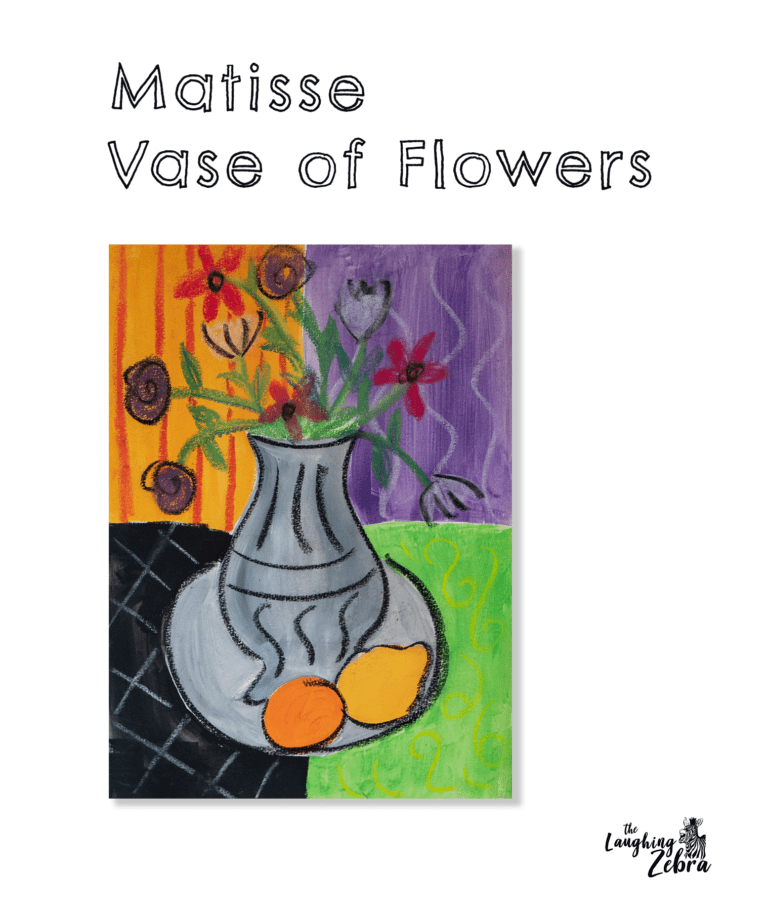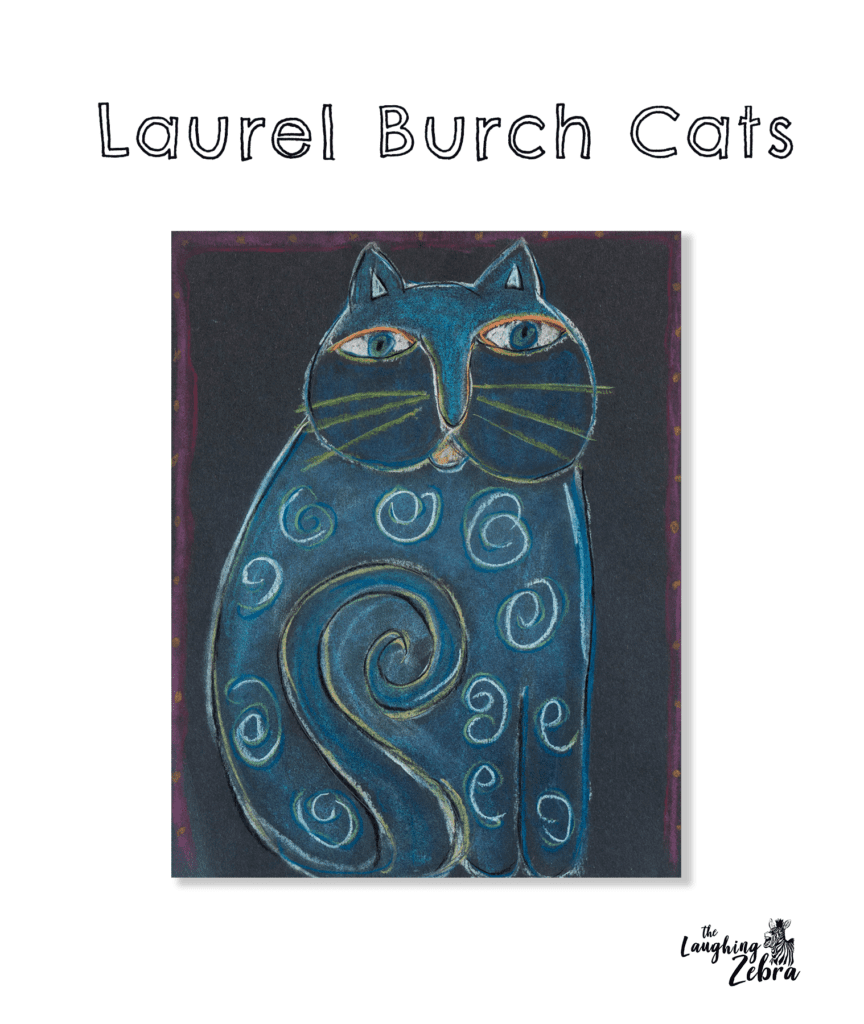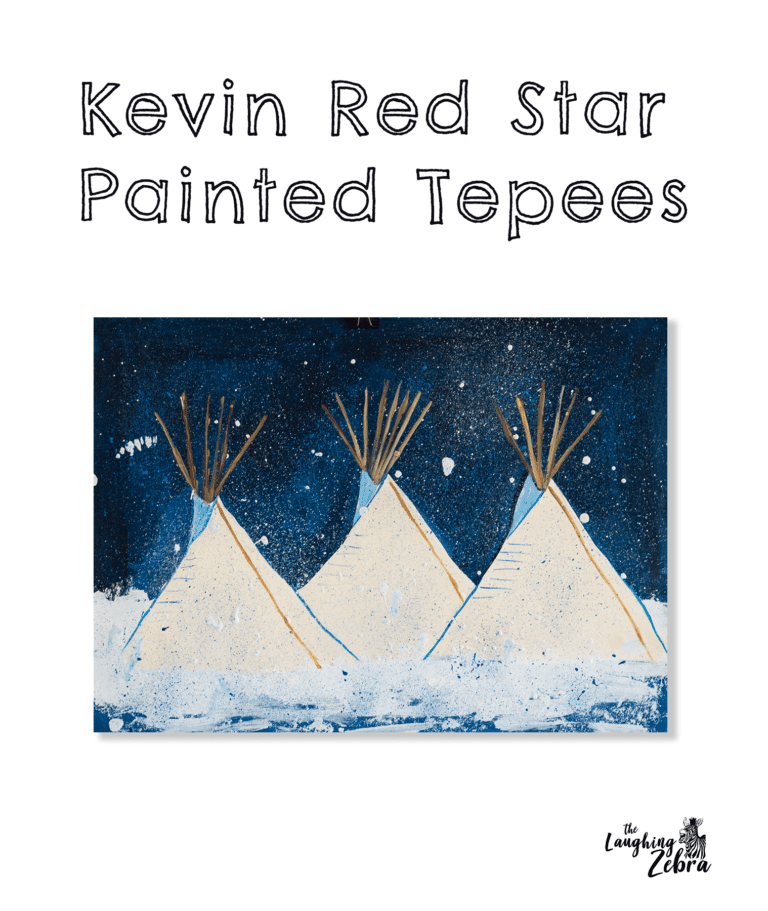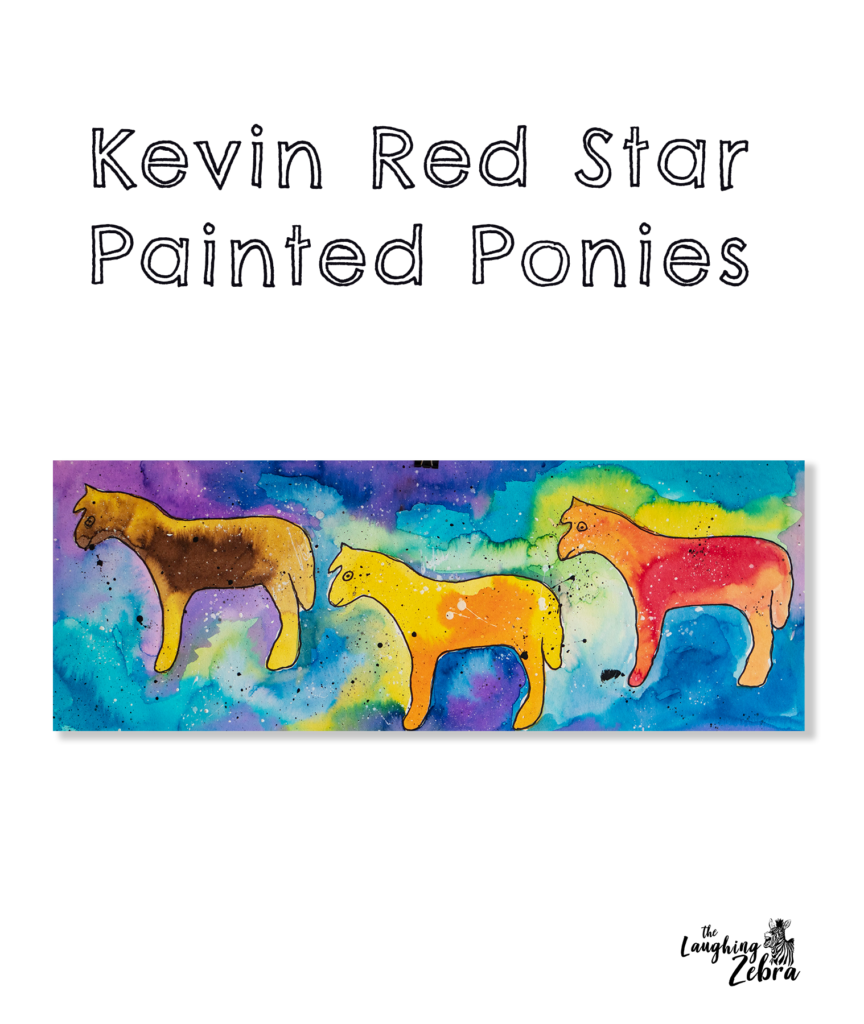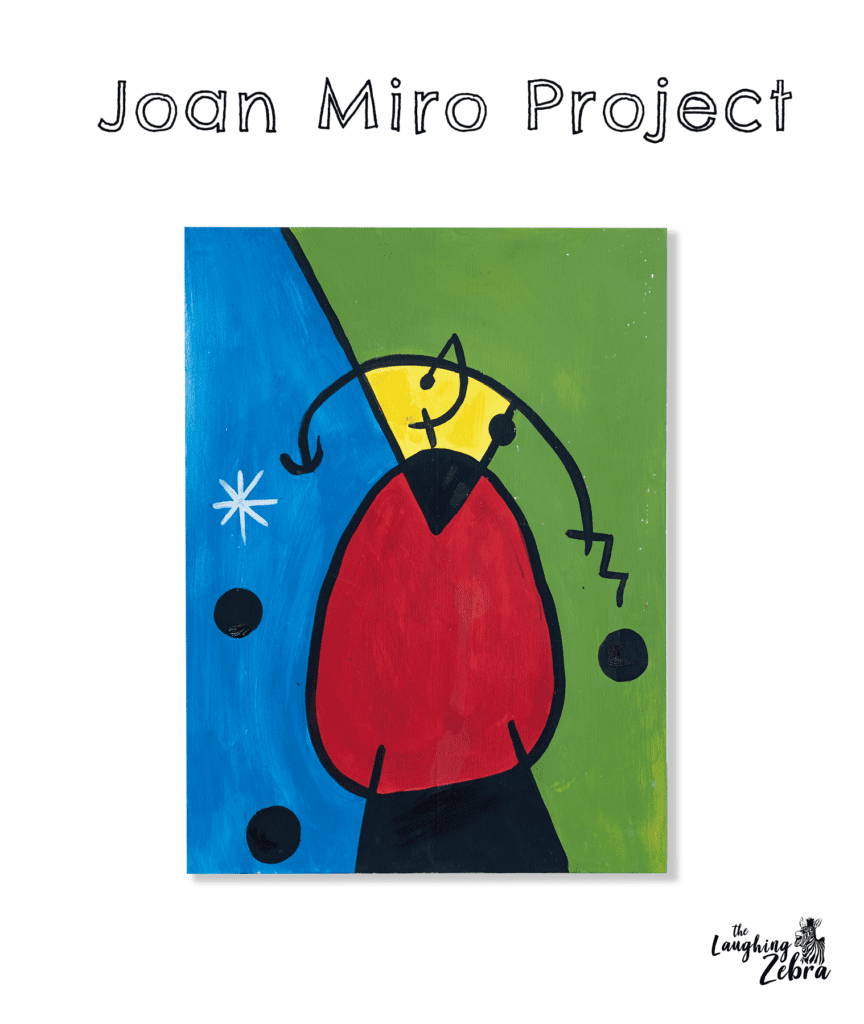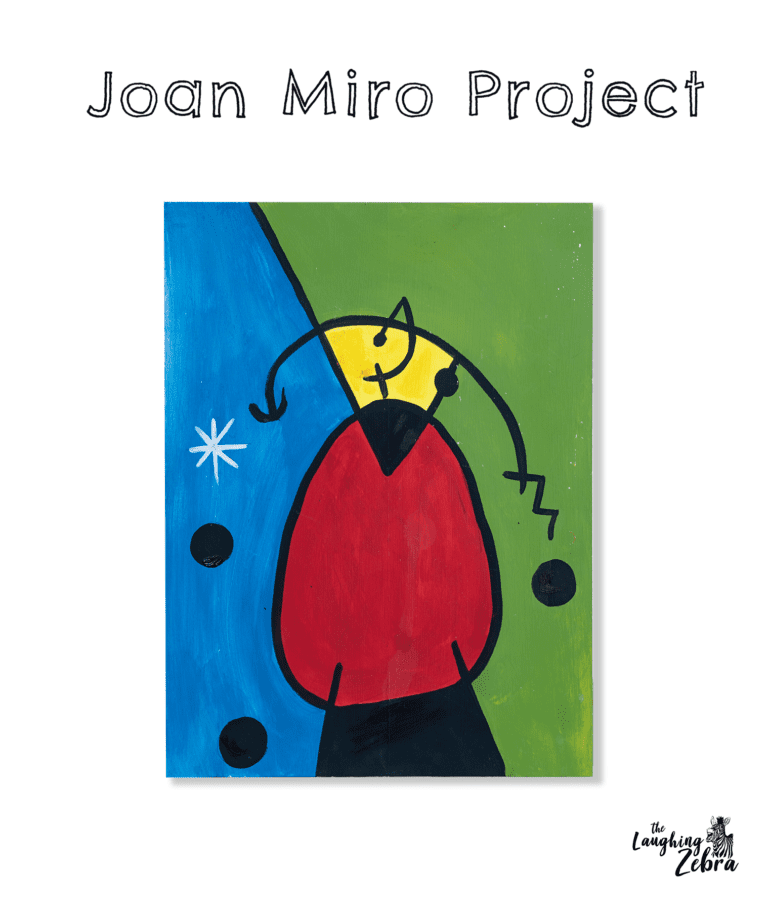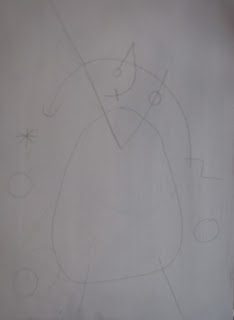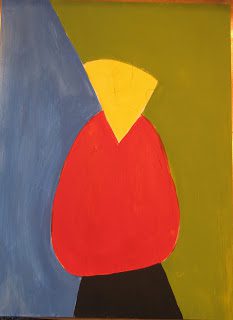Franz Marc Pink Elephants and Blue Horses Lesson
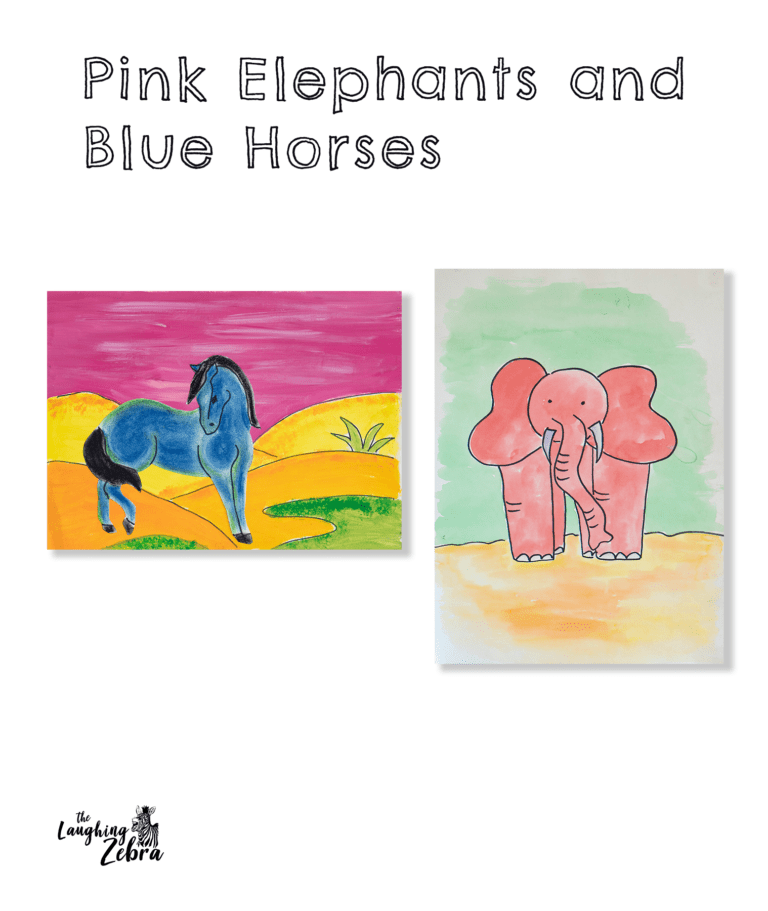
Franz Marc Colorful Animals
This page contains affiliate links and I may receive a commission for purchases made through these links. Everything on this page I have used and heartily recommend for teaching art.
During the month of March my preschool class did two lessons based on the artist Franz Marc. The vivid use of color to express emotions and ideas is a trademark of this German born artist. He is most famous for his paintings of unusually colored animals set in almost abstract style scenery. These colorful animals are great for a preschool art lesson.
How To Horses:
- For the first project I found a Franz Marc horse on the internet as a coloring sheet which I traced onto a scrap of poster board. They outlined them in sharpie and used chalk pastel to fill in the color. After spraying them with fixative I cut them out.
- The kids then painted a colorful “warm colors” background with acrylic paints, using a sponge to add texture.
- When the background was dry they used the glue stick to place their horse in the scene.
How To Elephants:
- The second project was a great drawing project. I taught the kids how to draw a step by step simple elephant starting with a circle.(This is a simple way to draw an elephant-see How to Draw an Elephant. We practiced this two times on a practice sheet. Then we did the final drawing on a sheet of watercolor paper.
- We outlined the elephant in Sharpie.
- Then we used watercolors to fill in the pink and create a setting.
I think both of these colorful animals projects turned out amazingly well considering these are 3-5 yr.olds.
Please refer people back to this site if you use this lesson! 🙂


Supplies:
Recent Blog Posts:
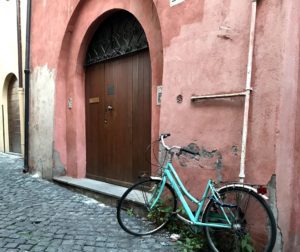
The Doors of Italy
At the end of a 3 week vacation to Europe, I came away with so many pictures of things that captured my interest and the mood of the moment. I couldn’t get enough of all the time worn doors, especially those in Italy.
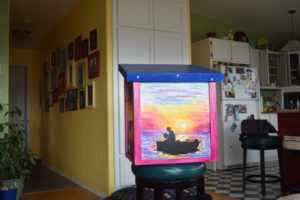
Making Reading Beautiful!
We painted Free Little Libraries! Does your city have a Little Free Library? These are little free standing libraries that have a “host” who looks after them and can be located in someone’s yard , out in the country, or in front of a business or in a park. You can take a book to read or leave one for someone else to find.

My Beautiful Tuscan Kitchen
This year marks the two year anniversary of our kitchen remodel! My wonderful cabinet maker husband finally got around to making this custom kitchen for our home and I couldn’t be happier!
Franz Marc Pink Elephants and Blue Horses Lesson Read More »
